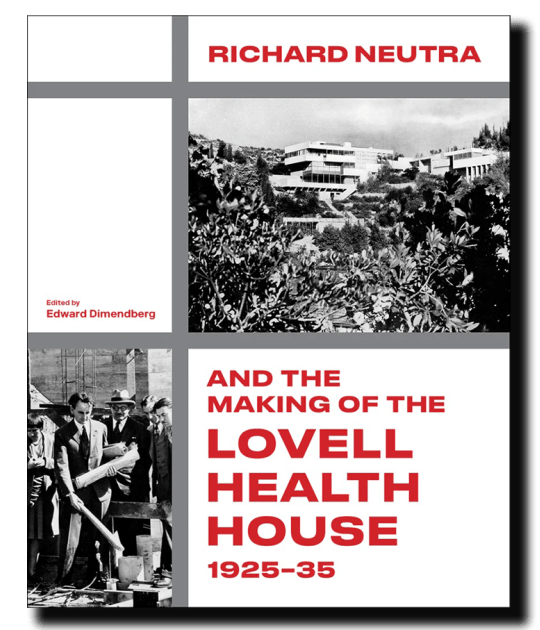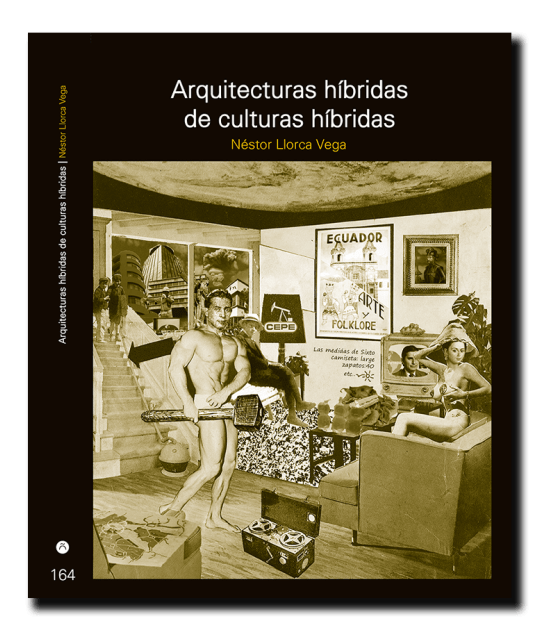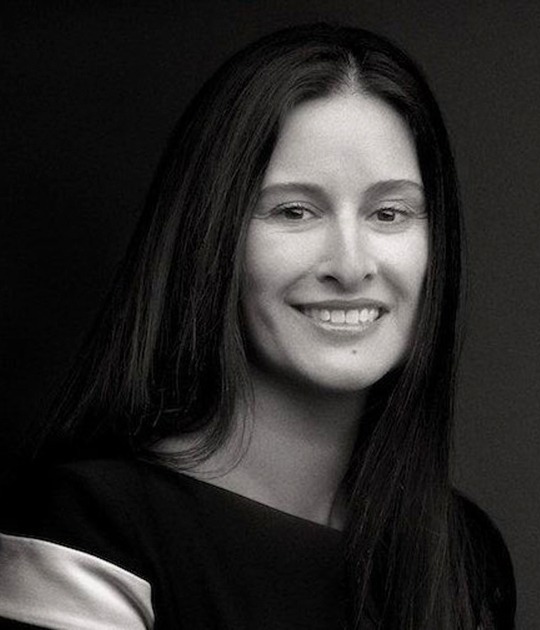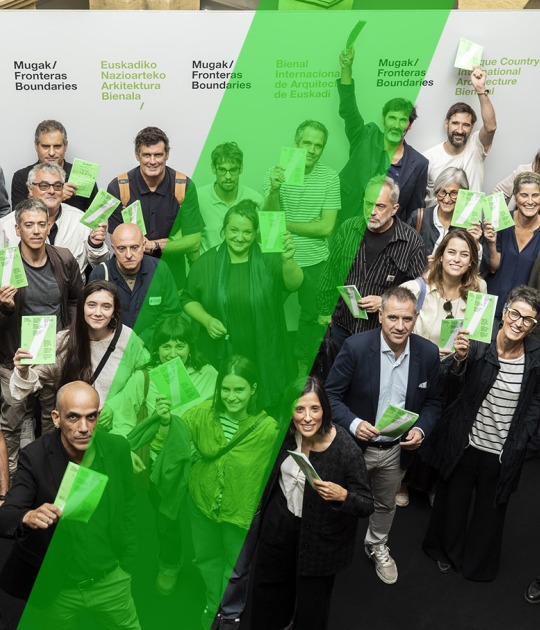Antonio Sagnier and Fernando Villavecchia edit a publication, directed by Ramón Úbeda, which contextualizes what the profession of architecture was like in the years of Modernism, around the figure of Enric Sagnier i Villavecchia and four professionals of the same era: Lluís Domènech i Montaner, Josep Puig i Cadafalch, Antoni Gaudí and his disciple Josep M. Jujol.
The story of Lluís Permanyer has been built through the professional activity of the protagonists, starting with the apprenticeship and the organization of their studies. This is how we discover the relationships between them if there were any, their associative and teaching life, their clients and patrons, partners and collaborators, as well as the artisans, builders, and artists who accompanied them in their professional careers.
The publication includes the number of works built in Barcelona, outside the city, and abroad. Many of them have disappeared. Also, those that were planned but were never built. The prolific work capacity of Sagnier stands out, with a great difference. No other architect, in the entire history of Catalonia, has so many projects in the same place.
The book consists of three parts. An introduction contextualizes the birth of Modernism around the world, then focuses on the golden years of Modernism in Barcelona, which coincided with the urbanization of the Eixample.
The second part consists of a graphological analysis of their personalities. The signature of the architect, like that of the artist, in addition to its value in practice to certify the author of a work, defines the traces of his personality. The analysis of these has been carried out by an experienced graphologist, Georgina Sans. In addition, an in-depth study on Bellesguard, and a timeline and comparative of the works made.
Finally, the third part presents a selection of modernist works photographed today and in their environment to illustrate how architecture has evolved since then until today.
Preserving the modernist heritage
With the clear objective of preserving the heritage in the future, Grupo Catalana Occidente has undertaken a new restoration of the Pascual i Pons houses, located on Passeig de Gràcia. After the complete restoration of the façade in 2005, the time had come to adapt the interior space to the needs of many companies today: open and modular spaces that encourage creativity, productivity, and interaction between people.
These houses, built by Enric Sagnier i Villavecchia between 1890 and 1891, were the Group's corporate headquarters until 1971, when, due to a greater need for space, they were moved to the current offices in Sant Cugat del Vallès (a building designed by Francesc Escudero i Ribot and visible from the AP-7). Since then, they have maintained their presence in these well-known modernist buildings in Barcelona with their commercial teams, using both the privileged commercial premises located at street level and most of the spaces on the upper floors for third-party use.
Recently and exceptionally, the Group had the opportunity to acquire Gaudí's Torre Bellesguard. After planning a rigorous restoration, which will be carried out soon, the Group intends, on the one hand, to maintain its current tourist use and, on the other hand, to promote both cultural and institutional use of the site. Maintaining it in all its splendor, open to anyone who wishes to visit it, is its way of showing its commitment to the city and the conservation of its modernist architectural heritage.
The story of Lluís Permanyer has been built through the professional activity of the protagonists, starting with the apprenticeship and the organization of their studies. This is how we discover the relationships between them if there were any, their associative and teaching life, their clients and patrons, partners and collaborators, as well as the artisans, builders, and artists who accompanied them in their professional careers.
The publication includes the number of works built in Barcelona, outside the city, and abroad. Many of them have disappeared. Also, those that were planned but were never built. The prolific work capacity of Sagnier stands out, with a great difference. No other architect, in the entire history of Catalonia, has so many projects in the same place.
The book consists of three parts. An introduction contextualizes the birth of Modernism around the world, then focuses on the golden years of Modernism in Barcelona, which coincided with the urbanization of the Eixample.
The second part consists of a graphological analysis of their personalities. The signature of the architect, like that of the artist, in addition to its value in practice to certify the author of a work, defines the traces of his personality. The analysis of these has been carried out by an experienced graphologist, Georgina Sans. In addition, an in-depth study on Bellesguard, and a timeline and comparative of the works made.
Finally, the third part presents a selection of modernist works photographed today and in their environment to illustrate how architecture has evolved since then until today.
Preserving the modernist heritage
With the clear objective of preserving the heritage in the future, Grupo Catalana Occidente has undertaken a new restoration of the Pascual i Pons houses, located on Passeig de Gràcia. After the complete restoration of the façade in 2005, the time had come to adapt the interior space to the needs of many companies today: open and modular spaces that encourage creativity, productivity, and interaction between people.
These houses, built by Enric Sagnier i Villavecchia between 1890 and 1891, were the Group's corporate headquarters until 1971, when, due to a greater need for space, they were moved to the current offices in Sant Cugat del Vallès (a building designed by Francesc Escudero i Ribot and visible from the AP-7). Since then, they have maintained their presence in these well-known modernist buildings in Barcelona with their commercial teams, using both the privileged commercial premises located at street level and most of the spaces on the upper floors for third-party use.
Recently and exceptionally, the Group had the opportunity to acquire Gaudí's Torre Bellesguard. After planning a rigorous restoration, which will be carried out soon, the Group intends, on the one hand, to maintain its current tourist use and, on the other hand, to promote both cultural and institutional use of the site. Maintaining it in all its splendor, open to anyone who wishes to visit it, is its way of showing its commitment to the city and the conservation of its modernist architectural heritage.





































